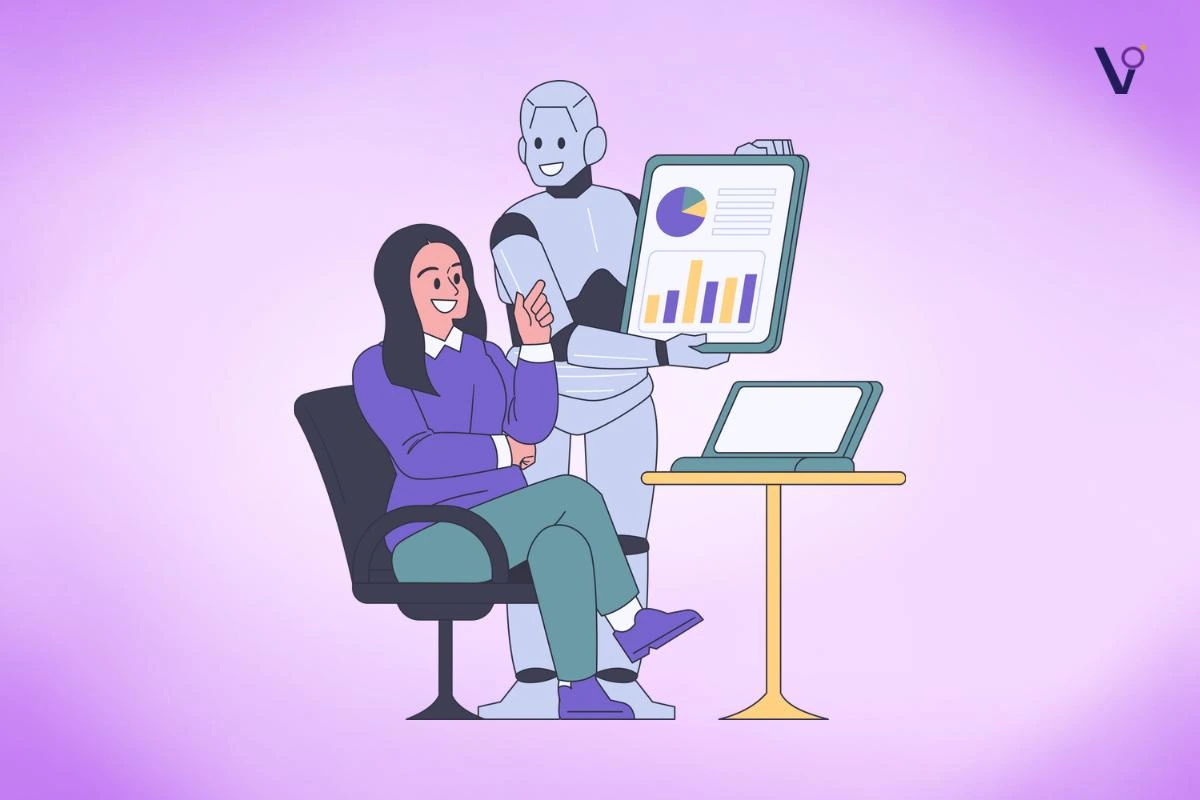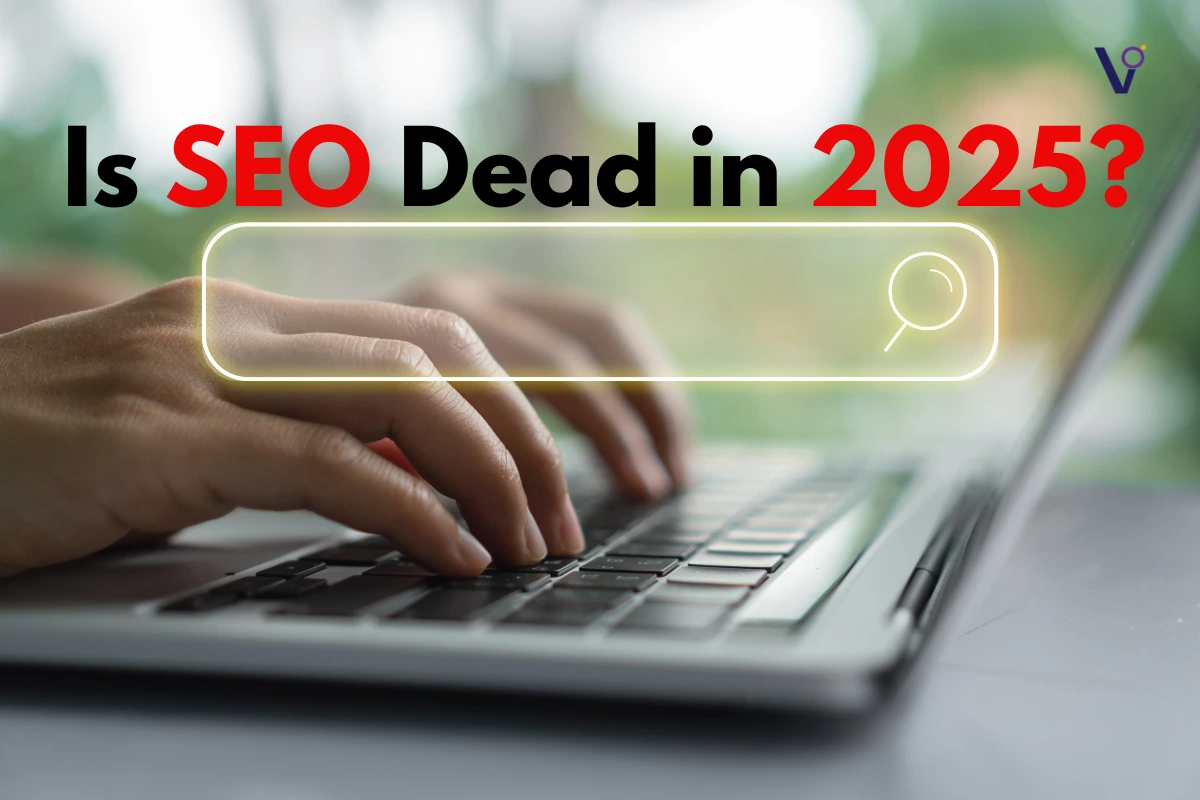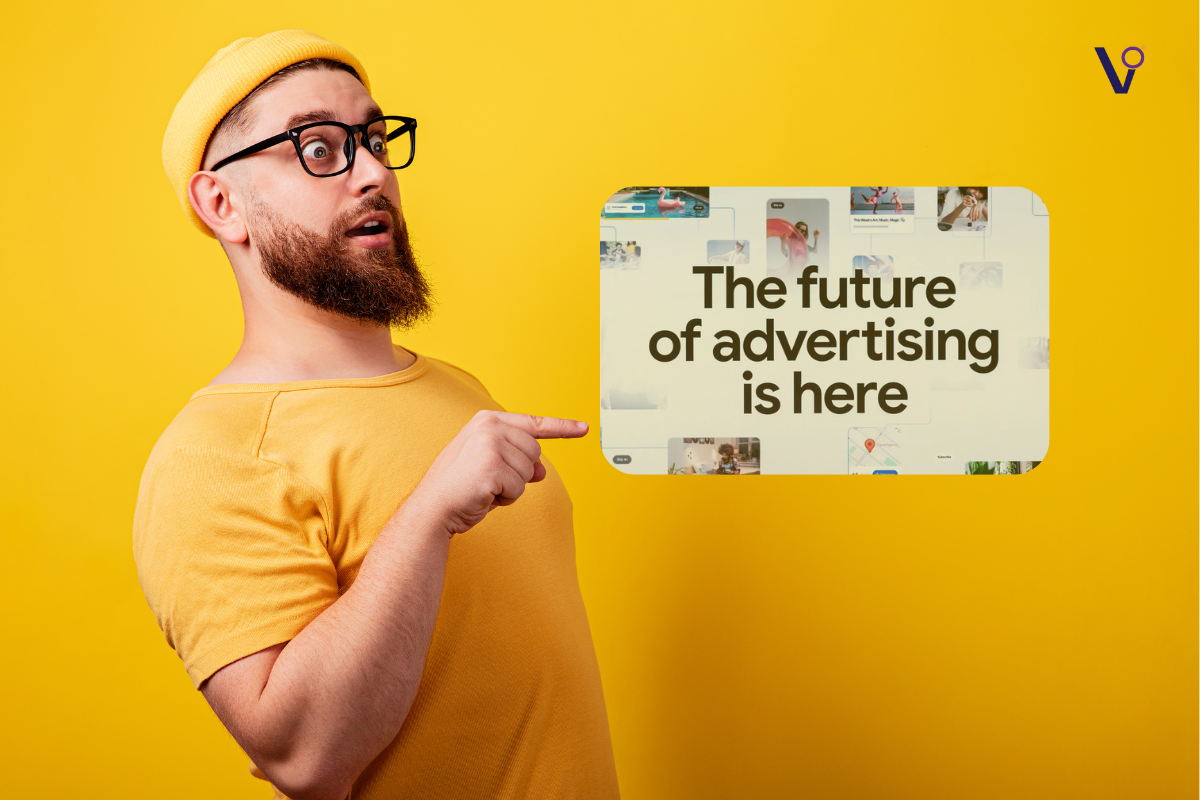As we enter 2025, digital marketing is moving at lightning speed. New technologies are emerging, shifting consumer expectations are being met, and sustainability and inclusivity are gaining momentum as a strong push. Here’s a comprehensive look at the Top 2025 digital marketing trends, along with real-world examples to inspire your strategy.
1. Marketing Mix Model (MMM)
Now what is MMM? Okay, imagine you’re trying to bake the most delicious cake ever. But you’re not sure which ingredients, or how much of each, make the perfect recipe. That’s where MMM (Marketing Mix Modeling) steps in!
Why do you need it?
Think of it like a recipe book that tells you which ingredients matter most for your cake’s success.
What makes the cake great?
Did the fluffy texture come from the eggs? Or was it the sweetness of the sugar? MMM figures out which ingredient—like your media spend on search ads, social media, or offline promotions—has the biggest impact.
Where’s the effort going?
If you’ve been spending a lot of effort on frosting (aka offline advertising), MMM can tell you if it’s actually making a difference or if you should focus more on the batter (like social media campaigns).
It’s like fine-tuning your cake recipe! MMM shows you what worked in the past so you can use the perfect mix every time without wasting resources.
MMM no longer has to feel complex and expensive anymore. With today’s advancements, it’s back and better than ever—helping marketers thrive in a world of fragmented media, tight budgets, and privacy-focused changes.
Here’s why:
- Granular Insights: Modern MMM tools now incorporate methodologies like incrementality testing, offering precise data on which channels are performing best.
- Easier Access: Tools like Google’s Meridian are rolling out globally, making sophisticated measurement frameworks user-friendly.
- Real-Time Insights: Businesses can quickly adapt to economic shifts and consumer needs.
2. AI Agent
Kingfisher, parent firm to B&Q and Screwfix, unveiled an AI assistant for both consumers and employees at the retailer’s flagship London store. That’s why its move to blend the recommendation engine with conversational AI is simply a masterstroke:
Imagine you are a customer looking for a specific product, such as a sink part. Instead of sifting through endless aisles or complicated search results online, you can simply ask Kingfisher’s AI assistant, and within seconds, it will guide you to exactly what you need. That’s what Kingfisher achieved by merging their recommendation engine with conversational AI. It’s fast, efficient, and personalized—creating an experience that’s easy and satisfying for customers.
But that is not just for customer ease of shopping. It’s a total game-changer for the employees, as with these AI-powered solutions, they will get immediate access to information regarding any product or an internal document for their operations.
And the results? Kingfisher’s e-commerce sales grew by 7.1% in the first half of the year, with online sales now accounting for 16.8% of total sales.
The AI assistant helps customers save time, leading to more positive feedback. Plus, it’s transforming their internal operations, making everything run smoother. So, this move isn’t just smart; it’s driving real, measurable results—making shopping quicker, simpler, and more enjoyable.
3. Shoppable Videos
Social commerce is booming, with revenues set to hit $1 trillion by 2028. Shoppable videos are leading the charge, offering brands a fun way to turn views into sales.
How to jump in:
- Set Up Shop: Link YouTube videos to your Google Merchant Feed for seamless shopping.
- Transform Ads: Demand Gen campaigns can turn ads into interactive shopping hubs.
- Team Up: Collaborate with creators to make authentic, shoppable content.
4. Mindful Marketing
Patagonia’s “Don’t Buy This Jacket” campaign is a perfect example of mindful marketing because it challenges the typical consumer mindset of “buy more, consume more.“

Why would Patagonia tell someone not to buy their jacket? Instead of aggressively pushing products, Patagonia invites customers to reconsider their purchasing habits, particularly in the lead-up to Christmas when consumerism is at its peak. By asking customers not to buy the jacket, the campaign creates cognitive dissonance, urging consumers to reflect on their environmental impact and whether they really need the product. This respectful approach fosters a deeper connection with consumers who are mindful of sustainability.
Patagonia’s strategy doesn’t just aim to sell—it encourages self-awareness and responsible consumption. By aligning the brand with environmental values, the campaign subtly shifts consumer behavior, making Patagonia the first choice when a purchase is truly necessary. This is mindful marketing at its finest.
5. Beyond Profit
Doing good is good business. Customers expect brands to care for sustainability, inclusivity, and transparency—because making a difference matters.
Consider Nike’s “Move to Zero” campaign. The company openly works toward reducing carbon footprint and waste, which the customers are more aware of as they become more conscious of the environmental and social issues. Nike has managed to show that it is not only the right thing to do but also can drive loyalty and brand growth through eco-friendly practices, transparency on their progress, and promotion of diversity. This does not only build trust but also creates long-term connections with consumers who share those values.
What to focus on:
- Go Green: Adopt eco-friendly practices and communicate them openly.
- Be Transparent: Clearly label AI-generated content to build trust.
- Embrace Diversity: Use tools like the All-In Inclusive Marketing Toolkit to connect with wider audiences.
In conclusion, as 2025 approaches, brands will shift toward more mindful marketing—focusing on authenticity, sustainability, and personalization. By embracing AI-driven strategies and aligning with consumer values, businesses can build stronger connections.
ViralOmega can help your brand tap into these trends, ensuring growth and success in a rapidly changing digital world.
AI will enable more personalized, data-driven campaigns, streamline decision-making, and enhance customer experiences through conversational agents and predictive analytics.
Sales will see a rise in AI-driven automation, personalized offers, and real-time customer engagement, creating smoother and more efficient transactions.
In 2025, social media marketing will prioritize mindful, thoughtful messaging. Brands will shift from pushing products to fostering meaningful interactions, much like Patagonia’s campaign, which challenges consumer behavior and promotes awareness.
Generative AI will allow marketers to create more personalized, value-driven campaigns. Just as Patagonia used storytelling to influence consumer habits, AI will help brands communicate purpose and foster deeper connections with audiences.



